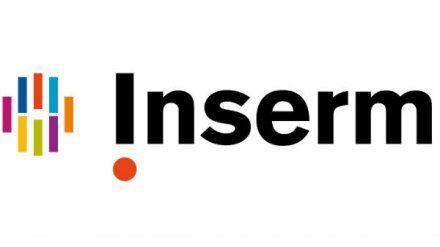Introduction:Triple-negative breast cancer (TNBC) prognosis is poor. Immunotherapies to enhance the antibody-induced natural killer (NK) cell antitumor activity are emerging for TNBC that is frequently immunogenic. The aspartic protease cathepsin D (cath-D), a tumor cell-associated extracellular protein with protumor activity and a poor prognosis marker in TNBC, is a prime target for antibody-based therapy to induce NK cell-mediated antibody-dependent cellular cytotoxicity (ADCC). This study investigated whether Fc-engineered anti-cath-D antibodies trigger ADCC, their impact on antitumor efficacy and tumor-infiltrating NK cells, and their relevance for combinatory therapy in TNBC.
Methods:Cath-D expression and localization in TNBC samples were evaluated by western blotting, immunofluorescence, and immunohistochemistry. The binding of human anti-cath-D F1M1 and Fc-engineered antibody variants, which enhance (F1M1-Fc+) or prevent (F1M1-Fc−) affinity for CD16a, to secreted human and murine cath-D was analyzed by ELISA, and to CD16a by surface plasmon resonance and flow cytometry. NK cell activation was investigated by flow cytometry, and ADCC by lactate dehydrogenase release. The antitumor efficacy of F1M1 Fc-variants was investigated using TNBC cell xenografts in nude mice. NK cell recruitment, activation, and cytotoxic activity were analyzed in MDA-MB-231 cell xenografts by immunophenotyping and RT-qPCR. NK cells were depleted using an anti-asialo GM1 antibody. F1M1-Fc+antitumor effect was assessed in TNBC patient-derived xenografts (PDXs) and TNBC SUM159 cell xenografts, and in combination with paclitaxel or enzalutamide.
Results:Cath-D expression on the TNBC cell surface could be exploited to induce ADCC. F1M1 Fc-variants recognized human and mouse cath-D. F1M1-Fc+activated NK cells in vitro and induced ADCC against TNBC cells and cancer-associated fibroblasts more efficiently than F1M1. F1M1-Fc−was ineffective. In the MDA-MB-231 cell xenograft model, F1M1-Fc+displayed higher antitumor activity than F1M1, whereas F1M1-Fc−was less effective, reflecting the importance of Fc-dependent mechanisms in vivo. F1M1-Fc+triggered tumor-infiltrating NK cell recruitment, activation and cytotoxic activity in MDA-MB-231 cell xenografts. NK cell depletion impaired F1M1-Fc+antitumor activity, demonstrating their key role. F1M1-Fc+inhibited growth of SUM159 cell xenografts and two TNBC PDXs. In combination therapy, F1M1-Fc+improved paclitaxel and enzalutamide therapeutic efficacy without toxicity.
Conclusions:F1M1-Fc+is a promising immunotherapy for TNBC that could be combined with conventional regimens, including chemotherapy or antiandrogens.








